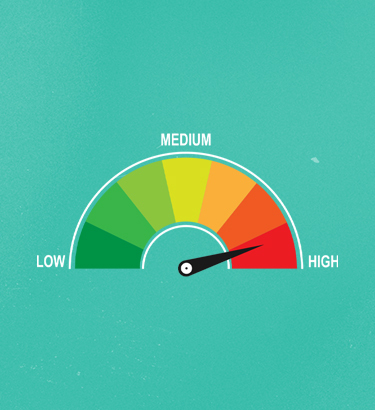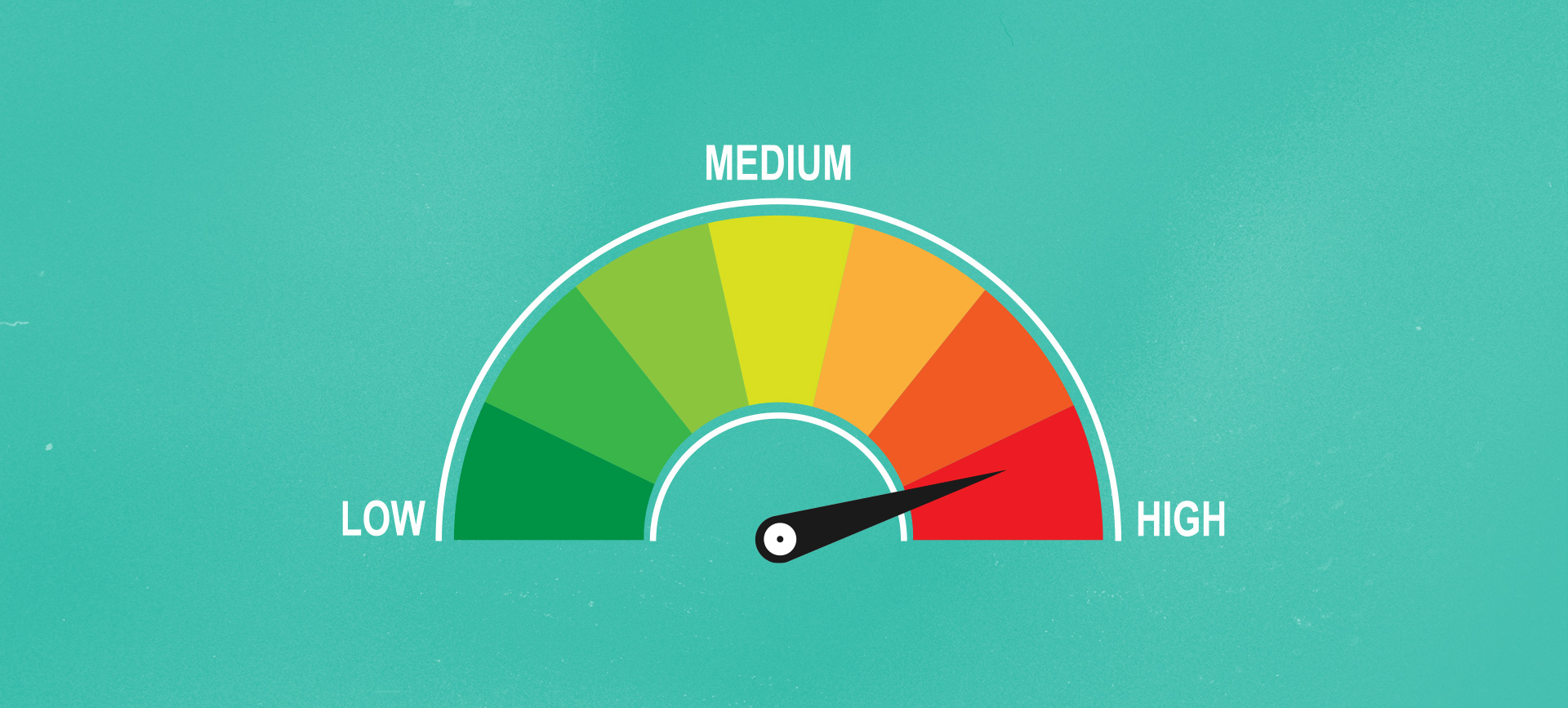Welcome to Giddy's series for Ovarian Cancer Awareness Month. Each week, we will tackle a different aspect of ovarian cancer and shed light on common misconceptions. This week, let's take a look at risk factors.


Ovarian Cancer Awareness Month: Risk Factors
Ovarian cancer occurs when abnormal cells in the ovaries multiply rapidly and form a tumor. It ranks fifth in cancer deaths among women, and the American Cancer Society estimates that this year, about 21,410 women will receive an ovarian cancer diagnosis and about 13,770 women will die from ovarian cancer.
September is Ovarian Cancer Awareness Month, and Giddy is here to help walk you through everything you need to know about this disease. This week, we're taking a close look at the factors that affect your ovarian cancer risk so you can better understand the steps you can take now to help prevent ovarian cancer in the future.


True. Women who use oral contraceptives, especially long-term (five or more years), have a reduced ovarian cancer risk of up to 50 percent. This protective effect has been shown to last for at least 25 years after a woman stops using oral contraceptives. Hormonal IUDs have also been shown to reduce risk. Though scientists have long known hormonal birth control helps prevent ovarian cancer, they are still researching why this is true.

According to the Ovarian Cancer Research Alliance, 20 percent to 25 percent of women diagnosed with ovarian cancer have a hereditary predisposition to the disease. The most significant risk factor is the BRCA1 and BRCA2 gene mutations, which are responsible for 10 percent to 15 percent of all ovarian cancers. Women of Eastern European and Ashkenazi Jewish descent are at a higher risk, with an estimated 1 in 40 having one or both mutations.



False. Age is a risk factor for ovarian cancer, but most cases occur after menopause. In fact, ovarian cancer rates are highest for women ages 55 to 64. Half of all patients are 63 and older. However, women of any age can develop ovarian cancer, so it’s important to know the other risk factors as well.

False. Both pregnancy and breastfeeding are connected with a lowered risk of developing ovarian cancer later in life. Multiple pregnancies and having your first full-term pregnancy before age 26 also decreases your risk. Research suggests that the more menstrual cycles a woman has in her lifetime, the higher her risk of ovarian cancer. It's believed this is why women who have been pregnant and breastfed—and have therefore ovulated fewer times than women who have never given birth—are less likely to get ovarian cancer.



True. According to the American Cancer Society, having a hysterectomy, which is the removal of the uterus, can decrease the risk of ovarian cancer by 33 percent. Meanwhile, having a tubal ligation (more commonly called "getting your tubes tied") can reduce ovarian cancer risk by up to 67 percent. However, experts caution that these operations should only be performed for valid medical reasons—not to prevent ovarian cancer.

True—and False. Research indicates smoking is linked to an increased risk for the mucinous type of ovarian cancer, but a decreased risk for the endometrioid and clear cell carcinoma types, and neither an increase nor decrease for serous ovarian cancers. For current smokers, the risk of mucinous ovarian cancer is increased by about 80 percent, mainly for tumors of borderline malignancy. Mucinous carcinoma accounts for about 6 percent of ovarian cancer cases. Though the effects of smoking on ovarian cancer risk remain unclear, smoking is linked to a higher risk of many other forms of cancer, and quitting is always recommended.










